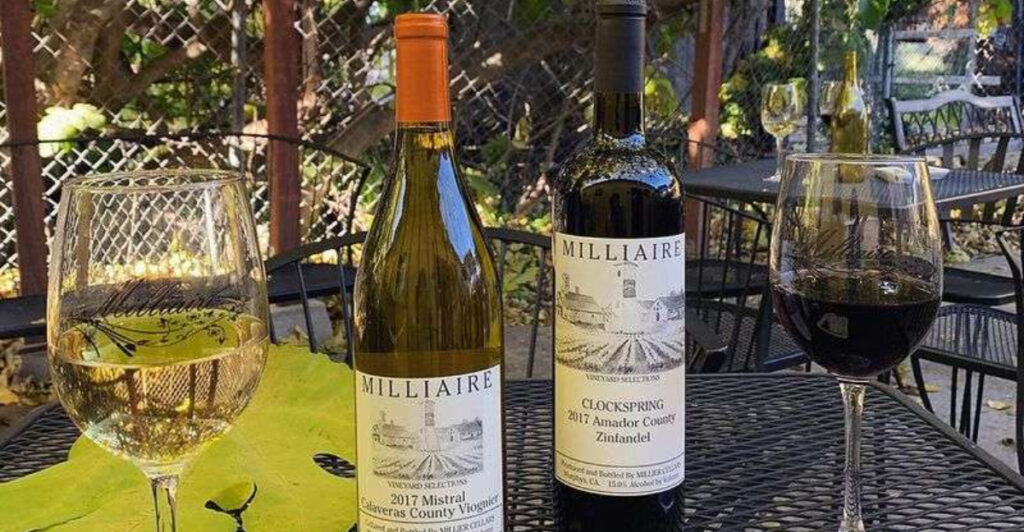California’s famous wine regions often bring to mind crowded tasting rooms and busy tourist scenes. However, scattered throughout the Golden State are charming small towns where locals escape the chaos for relaxed wine experiences. These hidden gems offer exceptional wines, friendly atmospheres, and the chance to actually talk with winemakers without fighting through crowds.
1. Boonville (Anderson Valley, Mendocino County)
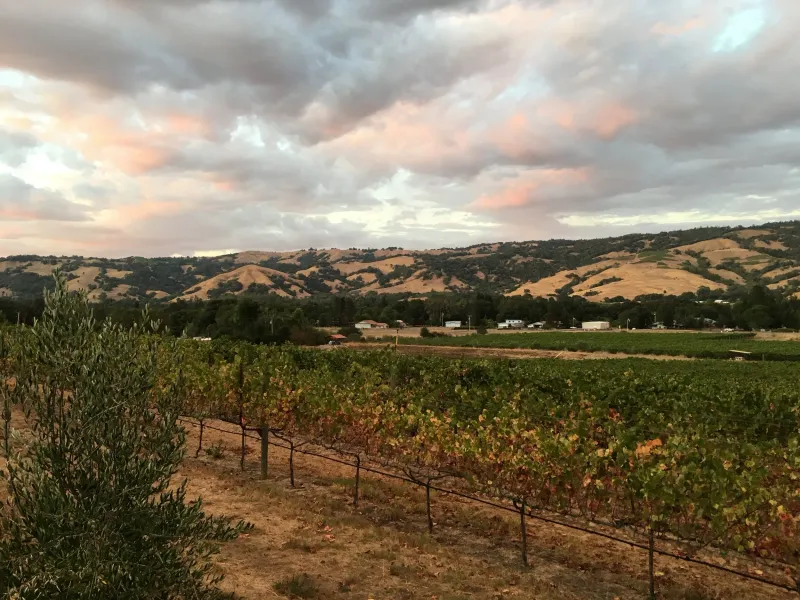
Rolling hills and foggy mornings create the perfect backdrop for Anderson Valley’s most welcoming town. Boonville stretches along Highway 128 with over 30 tasting rooms scattered throughout the valley, each offering world-class Pinot Noir and sparkling wines.
Pennyroyal Farm stands out with its farm-to-table approach, combining wine tastings with artisan cheese making. The town maintains its agricultural roots while embracing wine culture.
Locals appreciate the unhurried pace where conversations with vintners happen naturally. Most tasting rooms operate with relaxed schedules, allowing visitors to truly savor each pour without feeling rushed to the next appointment.
2. Philo (Anderson Valley)
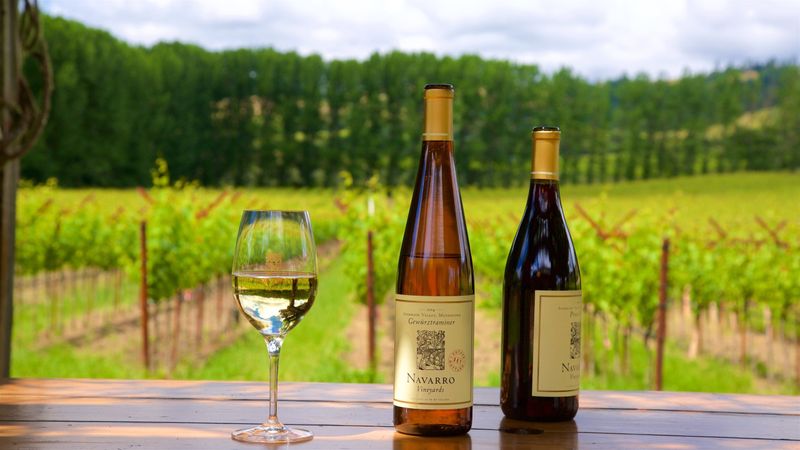
Just minutes up the road from Boonville, Philo punches above its weight with premium producers like Roederer Estate and Goldeneye. The tiny hamlet benefits from Anderson Valley’s cool climate while maintaining an even quieter atmosphere than its neighbor.
Recent investments in tasting room upgrades signal quality improvements without sacrificing the valley’s laid-back charm. Roederer Estate’s sparkling wines rival Champagne, yet tastings feel intimate and educational.
Smart wine lovers use Philo as their base camp for exploring the entire Anderson Valley. The town’s location provides easy access to dozens of boutique wineries while avoiding the tourist buses that sometimes visit larger destinations.
3. Hopland (Mendocino County)
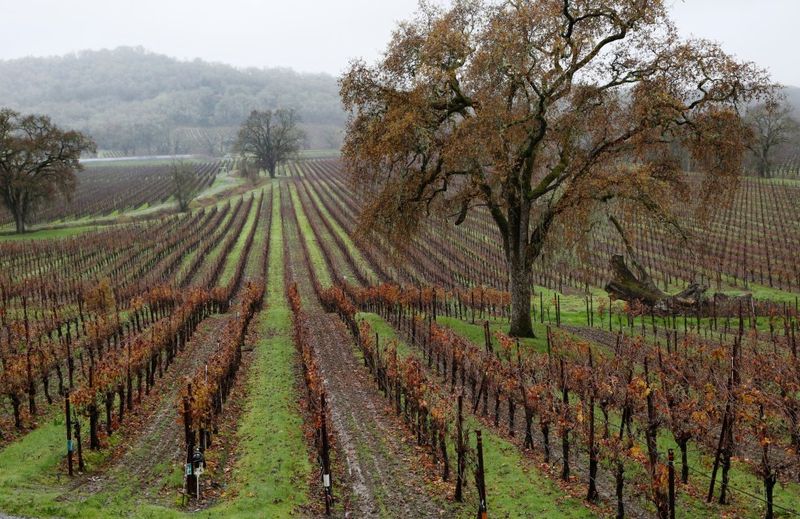
Highway 101 travelers often zip past Hopland without realizing they’re missing one of California’s most walkable wine towns. Fifteen tasting rooms cluster within a few blocks, making car keys unnecessary once you park downtown.
Saracina, Terra Sávia, and Graziano represent the local commitment to small-batch winemaking. Each producer maintains working wineries right in town, so visitors often glimpse actual wine production.
The community embraces its small-town identity rather than trying to compete with flashier destinations. Locals gather at the same tasting rooms where visitors discover exceptional wines, creating authentic connections that larger wine regions struggle to maintain in their commercial environments.
4. Kelseyville (Lake County)
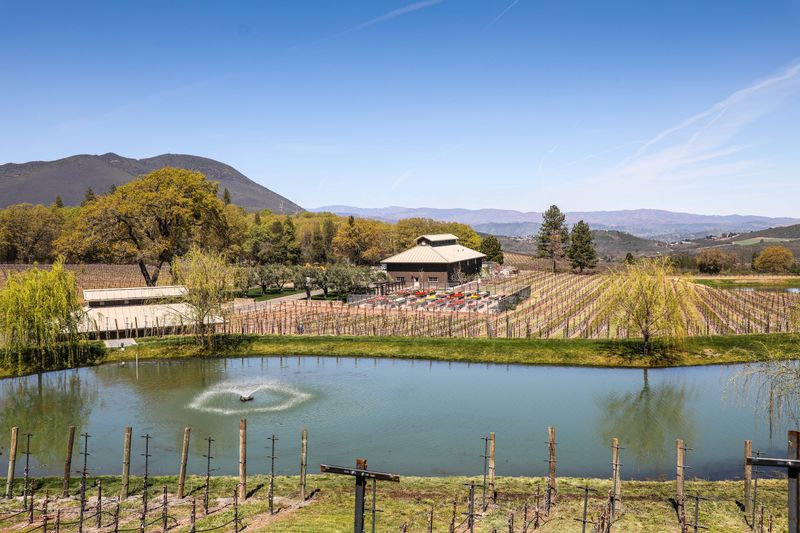
Lake County remains California wine country’s best-kept secret, with Kelseyville serving as its charming headquarters. Multiple tasting rooms line up within walking distance of each other, showcasing wines from Red Hills and Kelsey Bench AVAs.
Cabernet Sauvignon and Sauvignon Blanc thrive in this climate, producing wines that rival Napa quality at fraction of the pretense. The region’s volcanic soils create distinctive mineral notes that wine enthusiasts notice immediately.
Being north of Napa but significantly less touristed means genuine conversations with winemakers happen regularly. Visitors often leave with personal invitations to harvest parties and barrel tastings, experiences nearly impossible in more famous wine regions.
5. Geyserville (Sonoma County)

Strategically positioned between Dry Creek and Alexander valleys, Geyserville offers the perfect compromise for wine lovers seeking quality without chaos. Small inns and intimate tasting rooms create a village atmosphere that busy Healdsburg has largely lost.
Minutes from world-famous vineyards but maintaining sleepy charm, the town serves as an ideal base for exploring Sonoma County. Local accommodations fill up with return visitors who appreciate the personal service.
Sonoma County tourism officials quietly recommend Geyserville for travelers wanting authentic wine country experiences. The town’s restaurants close early, tasting rooms operate on relaxed schedules, and conversations naturally turn to wine passion rather than business transactions.
6. Templeton (Paso Robles area, SLO County)
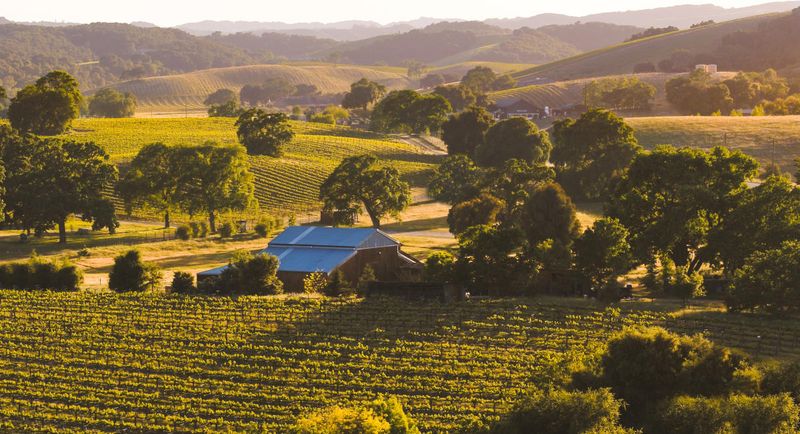
South of bustling Paso Robles, Templeton operates at half speed with twice the charm. The famous Templeton Gap creates perfect growing conditions while the town maintains its agricultural character despite wine industry growth.
Estate wineries and small tasting rooms dot the landscape without overwhelming the community. Visitors discover exceptional wines while avoiding downtown Paso’s increasingly crowded scene.
Local winemakers often work their own tasting rooms, sharing stories about their vineyards and winemaking philosophy. The regional marketing emphasizes small-town charm for good reason – conversations flow as smoothly as the wine, creating memorable experiences that keep people returning year after year.
7. Los Alamos (Santa Barbara County)

Bell Street stretches through Los Alamos like a movie set from the Old West, complete with wooden sidewalks and vintage storefronts housing modern tasting rooms. This one-street town packs serious wine credibility into a remarkably small space.
Exceptional restaurants complement the wine scene, creating perfect day trips without the crowds of Solvang or Los Olivos. The western atmosphere adds character that newer wine destinations can’t manufacture.
Santa Barbara wine country’s official marketing calls it “small town, big flavor” – an accurate description that locals appreciate. Visitors park once and walk everywhere, discovering both established wineries and emerging producers in an authentically relaxed setting.
8. Lompoc (Santa Barbara County)
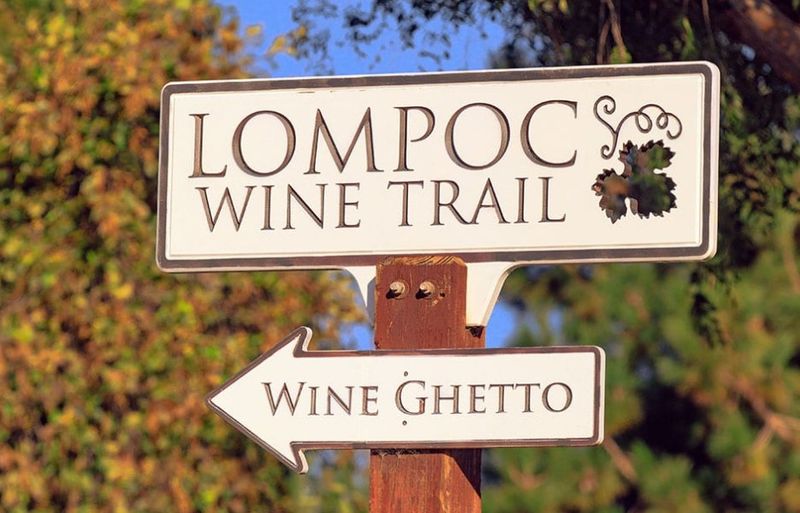
The famous “Lompoc Wine Ghetto” sounds rough but delivers refined experiences in converted warehouses and industrial spaces. Boutique producers cluster together, creating an urban wine trail with small-batch focus.
Minutes from Sta. Rita Hills vineyards, Lompoc provides practical accommodations and dining while avoiding the premium pricing of valley villages. The industrial setting emphasizes wine quality over fancy tasting room architecture.
Serious wine collectors frequent these tasting rooms for limited releases and library wines unavailable elsewhere. The no-nonsense approach attracts visitors more interested in exceptional wine than Instagram-worthy experiences, creating a community of genuine wine enthusiasts rather than casual tourists.
9. Murphys (Calaveras County)

Gold Rush history meets modern winemaking along Murphys’ historic Main Street, where dozens of tasting rooms occupy buildings that once served miners and merchants. The walkable downtown eliminates driving between tastings.
Calaveras Winegrape Alliance operates an information center providing maps and recommendations, helping visitors navigate the impressive selection efficiently. The organization’s local knowledge proves invaluable for discovering hidden gems.
Without big-region pressure or corporate ownership, family wineries dominate the scene. Owners often pour their own wines while sharing stories about both winemaking and local history, creating educational experiences that connect wine to place in meaningful ways that larger regions struggle to maintain.
10. Plymouth (Amador County, Sierra Foothills)
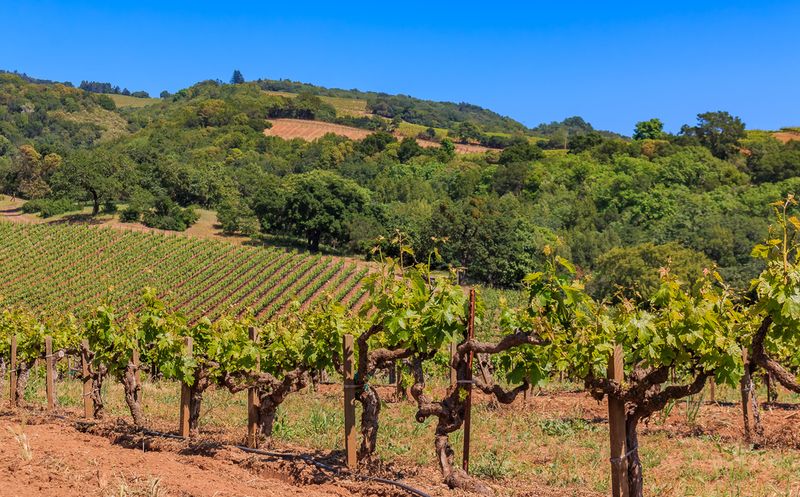
Gateway to Shenandoah Valley AVA, Plymouth anchors a relaxed Zinfandel scene that feels worlds away from coastal wine regions. Over 40 nearby wineries specialize in Italian varietals and old-vine Zinfandel with minimal tourist infrastructure.
The town maintains working-class roots while embracing wine culture, creating authentic experiences without pretension. Local restaurants serve hearty food that pairs perfectly with bold Sierra Foothills wines.
Both city officials and vintners market Plymouth as the low-key alternative to famous wine destinations. Visitors discover exceptional wines while enjoying genuine hospitality from winemakers who chose this region specifically to avoid commercialization pressures affecting other California wine areas.

